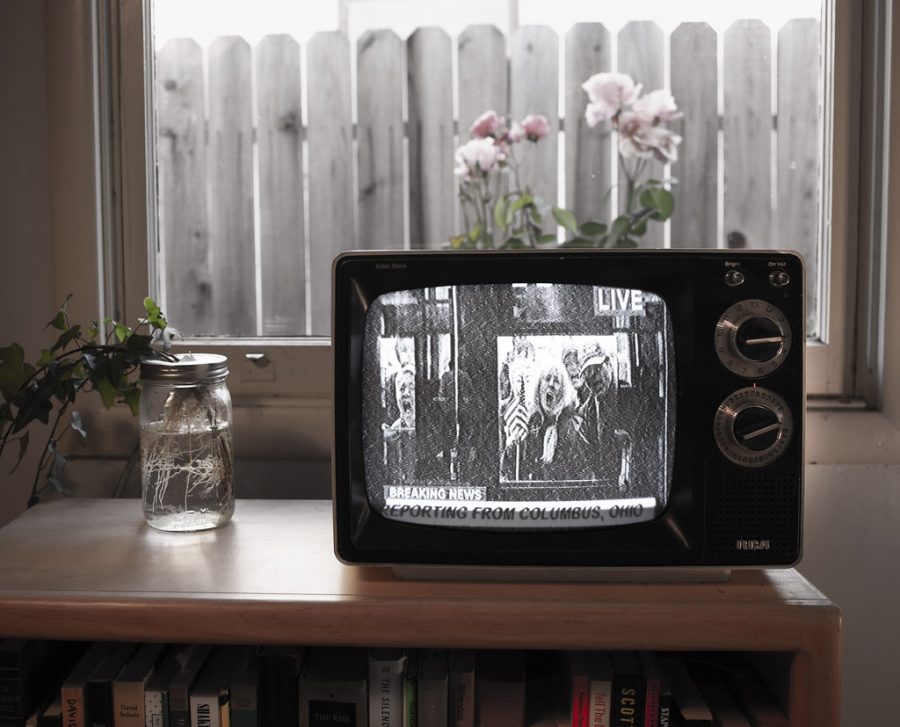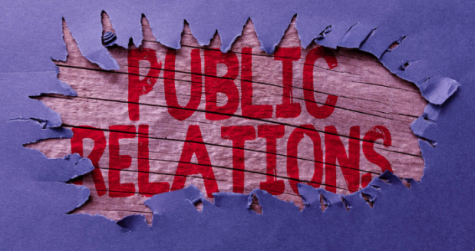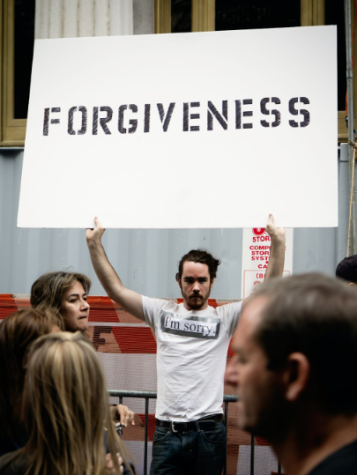Zombies R Us: How we see ourselves in the monsters we create
Making his silver screen debut in Victor Halperin’s “White Zombie” (1932), the zombie is one of the most iconic monster movie stars to date. We find ourselves back in the zombie apocalypse every few years, but why?
First, we must look at the different forms the zombie can take. Is he fast and agile? Based on “Zombieland 2: Double Tap” (2019) and “28 Days Later” (2002), he is. Is he crawling at a snail’s pace, always advancing? According to “Night of the Living Dead” (1968) and “Dawn of the Dead” (2004), he absolutely is.
More often than not, the zombie is slow. He shuffles aimlessly, never on the lookout for anything in particular, but always listening. He’s attracted to bright lights and loud sounds. While he does not have superhuman strength or speed and is not particularly smart, he’s still a skilled hunter.
Following the typical zombie movie plot, humans are nearly wiped out by the zombie plague within a few months and only the strongest survive. We see these brave, smart and strong people who constantly beat and outwit their undead enemies; and we want to emulate them.
The protagonists represent the best qualities of man, and the zombies represent the worst. To watch Columbus rescue Wichita and Little Rock from the horde of zombies at Pacific Playland in “Zombieland” (2009) is to watch man triumph over the parts of himself he wishes he could change.
This theme is prevalent in “Shaun of the Dead” (2004). The movie starts out with a normal day for the titular Shaun. His life is mundane and monotonous. He wakes up, deals with his up-tight roommate and quirky best friend, goes to work, calls his mother and stepfather, then goes to the pub with his girlfriend. He shambles along, slowly, going through the motions of the day.
Shaun’s life doesn’t start until the dead start to walk. He acts like a zombie, moving purely on instinct. The traits that make a protagonist loveable are not present in Shaun until the threat of the zombie plague forces him to take control. His arc is shown through his relationships with secondary characters Liz and Ed. Ed wants him to stay in his zombie-like state where they’re both comfortable. This way, Shaun is attainable and never out of Ed’s league. However, Liz feels the opposite. She breaks up with Shaun because he is not brave, strong or willing to go outside his comfort zone.
The typical zombie-flick protagonist is fully representative of man’s favorite parts of himself. Shaun is not like this. He’s lazy, selfish, and stuck in a dead-end job. Despite all this, he triumphs. Shaun survives the apocalypse and comes out stronger than before, flipping the perfect-protagonist trope on its head.
Shaun’s arc ends with a near-perfect victory. His life goes back to a relative normal without being boring, he wins Liz back, and is a better person all while audiences cheer him on. Shaun is a zombie-like human who regains his humanity.
Conversely, the Monster from English 4 staple Mary Shelley’s “Frankenstein” is a tragic hero. Forced into life by a creator who cannot stand the sight of him and abandoned in a society that shuns him, he is a victim. Yet, he commits atrocities out of anger and hopelessness. He loses his humanity and becomes a violent and volatile monster. A zombie.
The zombie is a staple in horror today. His origins vary from story to story, but what stays consistent through each telling is what he represents: the worst of man.

Caitlin Mayhew is a senior in her third year of journalism and one of the editors in chief of the Spartan Shield. She’s an Aquarius sun, Aquarius moon,...








